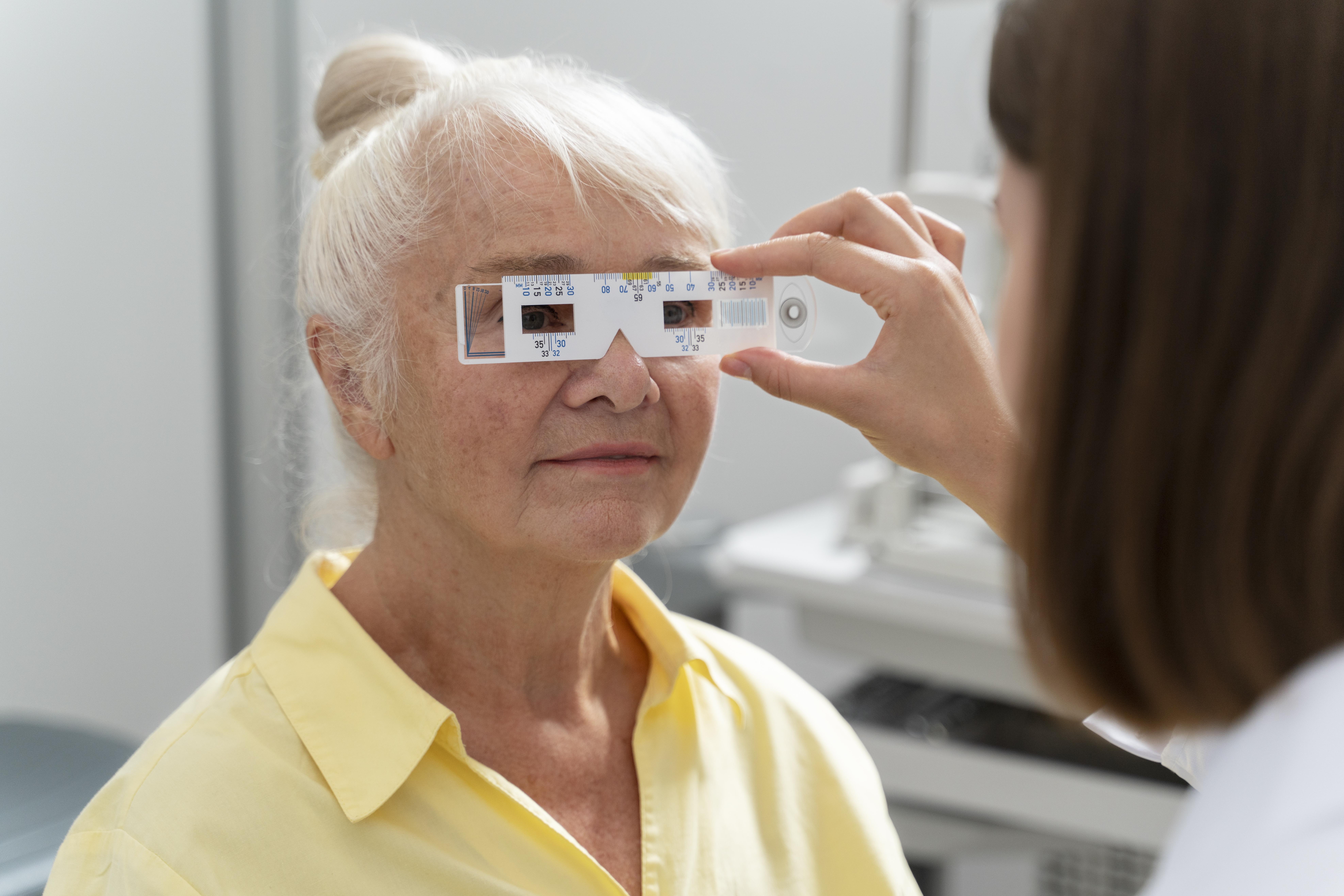Top Quality Retina Service Near Me: Specialized Look After Retinal Problems
Top Quality Retina Service Near Me: Specialized Look After Retinal Problems
Blog Article
Understanding the Various Vision Adjustment Procedures Available for Clearer View
In the realm of vision adjustment procedures, a plethora of alternatives exist to deal with refractive mistakes and provide people with clearer view. From the widely recognized LASIK surgical procedure to less intrusive procedures like PRK and implantable lenses, the field of ophthalmology uses a range of strategies customized to fit various needs and preferences. Each treatment includes its very own collection of considerations, advantages, and prospective threats. Recognizing the nuances of these vision correction techniques is essential for making educated decisions regarding one's aesthetic wellness. Allow's explore the ins and outs of these treatments and clarified the course to accomplishing boosted vision quality.
LASIK Surgical Treatment
LASIK surgical procedure is an usual refractive procedure made use of to remedy vision problems such as astigmatism, farsightedness, and nearsightedness. This surgical strategy, which stands for Laser-Assisted in Situ Keratomileusis, aims to improve the cornea to improve just how light is focused on the retina, inevitably improving vision clarity.
Among the primary advantages of LASIK surgical treatment is the rapid improvement in vision experienced by people. Numerous people discover a significant improvement in their eyesight promptly after the procedure. In addition, most patients report very little discomfort and discomfort throughout the surgery and healing duration. The healing time for LASIK is fairly quick, with many individuals going back to their daily tasks within a day or 2 post-operation. Generally, LASIK surgical procedure is a prominent choice for people seeking a lasting service for their vision troubles.
PRK Procedure
While also an usual refractive treatment, the PRK (Photorefractive Keratectomy) method differs from LASIK surgery in its method to fixing vision problems. In PRK, rather than producing a flap on the cornea, the outer layer of the cornea, called the epithelium, is entirely removed. This allows the laser to improve the cornea to fix refractive errors such as astigmatism, farsightedness, and nearsightedness straight externally.

Despite the longer healing time, PRK can produce exceptional lead to vision renovation, making it a valuable alternative for those who may not appropriate prospects for LASIK surgical procedure.
Implantable Lenses
In contrast to PRK where the cornea is improved straight, implantable lenses supply an additional approach for correcting vision by inserting synthetic lenses inside the eye. This procedure is especially valuable for people with high degrees of farsightedness, nearsightedness, or astigmatism that may not be appropriate candidates for laser surgical treatments like LASIK or PRK.
Implantable lenses, additionally referred to as phakic intraocular lenses, job by supplementing the eye's all-natural lens with an artificial one. retina service near me. These lenses can be placed before the all-natural lens (anterior chamber) or behind the iris and before the all-natural lens (posterior chamber) By changing the power and positioning of these lenses, ophthalmologists can properly deal with refractive mistakes and improve visual acuity
One benefit of implantable lenses is that they are detachable and exchangeable, offering versatility for future modifications. Nevertheless, just check these guys out like any type of operation, there are risks included, such as infection or cataract development. Clients taking into consideration implantable lenses need to talk to an eye care specialist to identify the most appropriate choice based upon their private requirements and eye health and wellness.
Corneal Rings
Corneal rings, additionally called intracorneal ring sections, are little, transparent devices inserted right into the cornea to remedy vision distortions such as keratoconus. Keratoconus is a condition where the cornea thins and protrudes outside, causing vision to come to be distorted. The insertion of corneal rings aids to squash the cornea, enhancing aesthetic acuity and lowering the uneven astigmatism triggered by keratoconus.
The procedure for putting corneal rings is minimally invasive and reasonably fast, usually done as an outpatient treatment. During the surgical procedure, the ophthalmologist makes a tiny incision in the cornea and inserts the rings at a certain depth. As soon as in position, the rings help to improve the cornea, providing a smoother surface area for light to enter the eye, which can lead to more clear vision.
Corneal rings are thought about a reversible procedure, as they can be gotten rid of or replaced if essential. glaucoma service near me. While they may not entirely eliminate the requirement for glasses or call lenses, corneal rings can substantially improve vision quality and general aesthetic convenience for individuals with keratoconus or other corneal irregularities
Refractive Lens Exchange
Adhering to the correction of corneal irregularities with treatments like corneal rings, another vision correction technique that can deal with refractive errors is Refractive Lens Exchange (RLE) RLE is a surgical treatment that entails changing the eye's all-natural lens with a fabricated intraocular lens (IOL) to deal with refractive mistakes such as farsightedness, nearsightedness, and presbyopia. This procedure is especially beneficial for people who might not be ideal candidates for treatments like LASIK or PRK due to variables such as thin corneas or high refractive mistakes.

Verdict
In final thought, there are numerous vision adjustment treatments readily available to assist individuals accomplish clearer view. LASIK surgical treatment, PRK treatment, implantable lenses, corneal rings, and refractive lens exchange are all choices that can address different vision problems.
In the realm of vision improvement treatments, a wide range of choices exist to deal with refractive mistakes and give individuals with clearer view.LASIK surgery is a typical refractive treatment made use of to deal with vision issues such as astigmatism, farsightedness, and nearsightedness.While additionally a typical refractive procedure, the PRK (Photorefractive Keratectomy) strategy varies from LASIK surgical treatment in its review method to remedying vision issues.Following the modification of corneal irregularities with procedures like corneal rings, an additional vision improvement strategy that can attend to refractive errors is Refractive Lens Exchange (RLE) LASIK surgery, PRK treatment, implantable lenses, corneal rings, and refractive lens exchange are all alternatives that can deal with various vision concerns.
Report this page